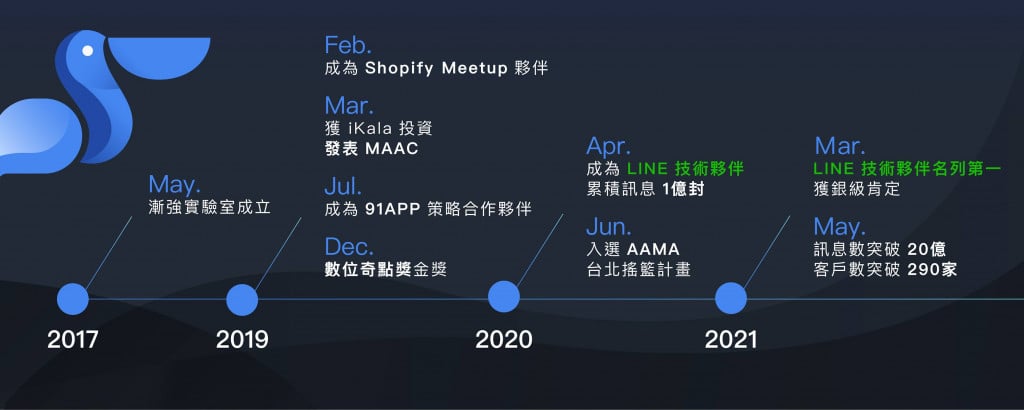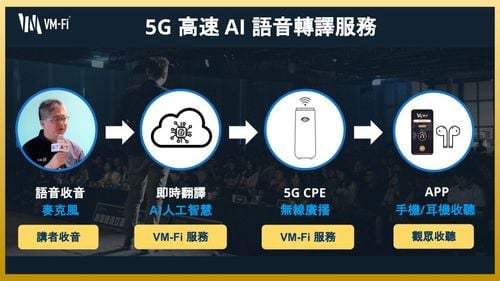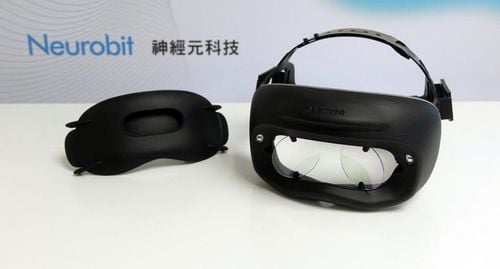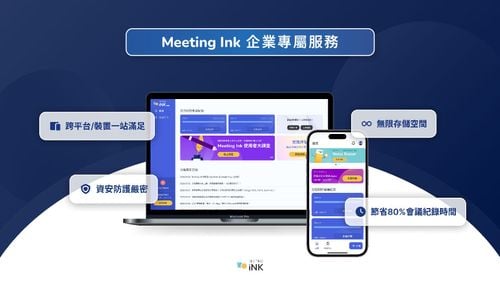【2021 Solutions】 Join the Marketing Technology Ecosystem - Janchiang Lab Solves Your Marketing Issues with LINE
In the digital age, there are myriad advertising channels: physical and digital ads, plus platforms like Facebook and Instagram, all competing for consumer attention. Recently, the emerging LINE Official Account (OA), backed by a substantial LINE ecosystem of technology partners, has gained prominence. Janchiang Lab, a Silver Partner of LINE, harnesses AI to assist notable clients like RT-Mart, FamilyMart, and IKEA among 300 brands, helping them grow and solve their marketing issues.
Janchiang helps brand owners gain a deeper understanding of their customers, demonstrating significant benefits through Online Merge Offline (OMO) strategies.
With up to 21 million users, LINE has become one of the most dominant marketing channels in Taiwan. Janchiang Lab, specializing in LINE data marketing since its establishment in 2017, foresaw the trend of app ecosystems when LINE announced it would open its API. Hsueh Chin, Co-founder and CEO, joined the lineup of LINE technology partners, anticipating future trends.

▲ Janchiang Lab established a LINE data ecosystem.
"Brands can consider Janchiang Lab's services as a Customer Relationship Management (CRM) system to better understand consumers," Hsueh Chin stated. Janchiang provides three primary services to brand owners:
1. Member Dynamics Insights: Through Janchiang's MAAC backend system (Messaging Analytics & Automation Cloud), brand owners can quickly gain insights into each member's gender, browsing history, and purchasing behaviors. Also, as each member accesses their LINE account at different times, the system sends advertising messages at the optimal time based on this activity;
2. Proactive Product Recommendations: The system detects when a customer purchases product A and proactively recommends product A+ or similar yet distinct products to enhance purchasing intent;
3. Automated Consumer Journey: After a customer purchases products in-store and joins the LINE official account, the system can set up to automatically send promotions after a certain period, to increase purchasing intent. Janchiang Lab also strengthens the interaction between online and offline, utilizing beacon technology in retail storefronts. They installed beacons at a furniture brand showroom, and whenever a beacon captured a consumer's phone Bluetooth signal, the backend system of Janchiang Lab proactively sent related advertisement broadcasts. This project, from April to October 2020, significantly increased the brand's official account by nearly five thousand members, doubling its effectiveness.
Despite LINE's tens of millions of users, and logging into their LINE account being the first thing they do every morning, a primary concern for operators of LINE official accounts is the surge in messaging fees. Hence, 'precision marketing' has become the most crucial principle for dispatching messages. Janchiang Lab aids brands in understanding user profiles and thus tailoring messages to appropriate recipients, making LINE a foundational tool for CRM. Users also do not need to download other apps, as they can perform their daily needs via the existing messaging channel, clearly displaying the power of LINE for marketing.
The pandemic accelerated the pace of digital transformation for companies; Janchiang will increase customer service through multiple channels
Annually, Janchiang Lab sends over two billion LINE messages, helping over 300 brand clients actively use data through data tracking and marketing automation technologies within LINE official accounts. The pandemic has also sped up digital transformation steps for various industries including e-commerce, retail, media, and finance, with clients like A.S.O., IKEA, and Books.com.

▲ Janchiang Lab milestones
However, during the advancement process, Janchiang Lab also heard the voices of digital transformation vendors who, facing many digital marketing channels, hope to not only invest in LINE but also diversify into other advertising platforms, like SMS, thereby helping brands enhance their overall reach.
After accumulating rich marketing data experience in Taiwan, Janchiang Lab also set sights on overseas markets like Thailand and Japan. Given Thailand's local population of over 40 million LINE users, in September 2021, Janchiang Lab co-hosted its first online seminar with the local advertising agency Adme, leveraging its successful case studies with over 300 brands in Taiwan in industries such as e-commerce, retail, and media, aiming to offer a fresh digital transformation agenda to Thai brand owners.
AI social commerce sales software service iKala Shoplus also signed with Janchiang Lab, becoming its first major client as Janchiang Lab entered the Thai market. Both firms will combine their strengths in the MarTech field to seize big data opportunities. Dialogue-focused commerce AI startups GoSky and Janchiang Lab, in collaboration with iKala’s KOL Radar, have pooled their data to launch a social commerce traffic solution entering the social commerce battlefield. Janchiang Lab is also partnering with CDP brand Treasure Data to make inroads into the Southeast Asian market.
Hsueh Chin acutely realizes that the future of the MarTech market will embody an ecosystem concept, involving strategic alliances between technologies to develop integrated services needed by clients. For instance, if brand operators need LINE push notifications combined with e-commerce platform services, Janchiang initially collaborates with e-commerce platform vendors to integrate both databases, thereby sending e-commerce order information to specific LINE users to boost 'precision marketing' rates. Likewise, if owners wish to conduct surveys among LINE members, they might first negotiate with online survey vendors to propose solutions, all part of future efforts. In the short term, expanding cooperation with technology partners to jointly serve customers; in the long term, Janchiang will gradually develop a complete product line to become the best marketing partner for brands.

▲ Janchiang Lab Co-founder and CEO Hsueh Chin.
「Translated content is generated by ChatGPT and is for reference only. Translation date:2024-05-19」


